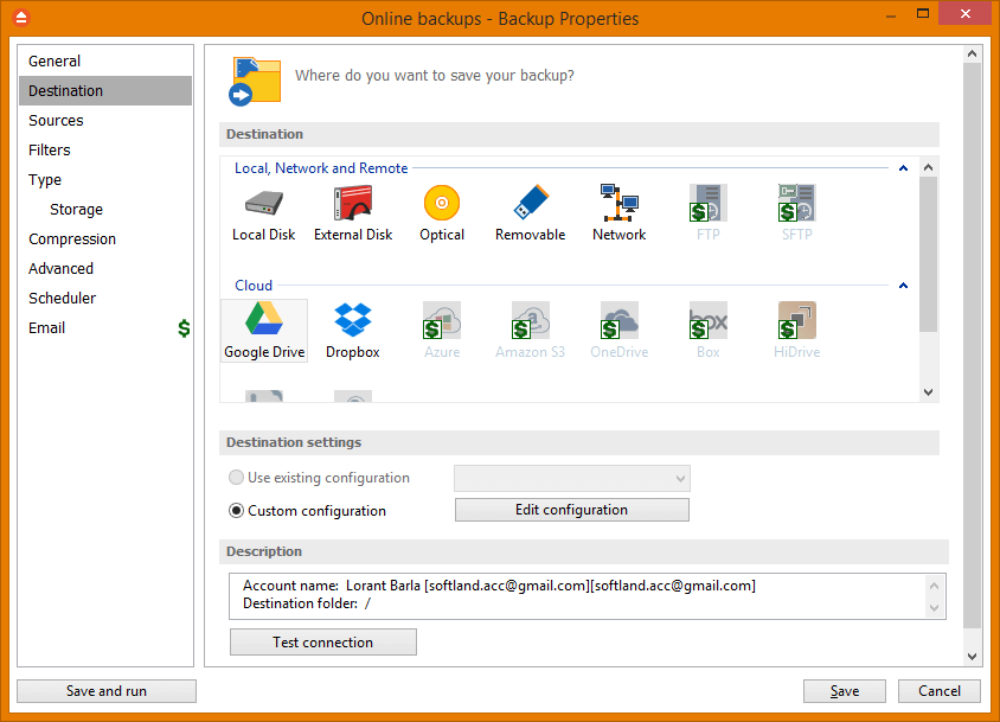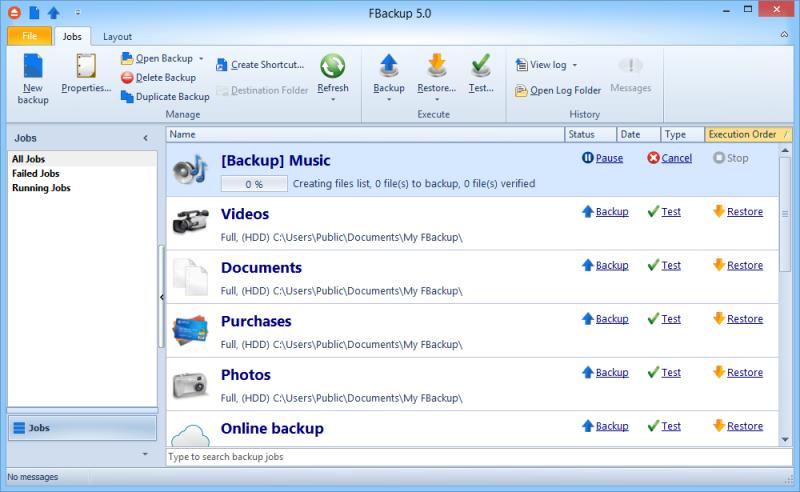

Instead of RAID 1, you're using an image-based software program like ShadowProtect to protect your data. Now let's apply a backup strategy to that scenario. In this particular scenario, mirroring doubles your trouble and enables disaster to spread quickly. Likewise, if the primary database is infected by a virus, the infection will be duplicated on the mirrored database as well. Because all data is copied between the two disks, both your primary and mirrored databases are now corrupted.

Let's say your database is corrupted due to an improper shutdown. Mirroring becomes problematic when issues of data corruption and security come into play. So if one disk mysteriously fails out of the blue, you can keep your database operations flowing by shifting to the mirrored disk. The RAID controller or software will provide fault tolerance by automatically and seamlessly copying data from one disk to the other, which essentially acts as a mirror of sorts. Let's say you're using RAID 1, the most common disk mirroring configuration, between hard disks on two different servers to improve the availability of your database system. The following scenarios will further touch on the differences and explain why mirroring is not a reliable backup replacement. Whereas mirroring strives to keep your systems up and running in the event of hard disk failure, backup provides full data protection and recovery capabilities in the event that the whole drive becomes inaccessible. Although the terms are regularly used interchangeably, they are two different tactics designed to meet two different objectives. Backing Up Mirroring is often described as a backup method. While mirroring offers an effective way keep your databases and websites online, viewing it as the end-all solution to keeping your data safe is one of the biggest mistakes you can make. In fact, many larger companies have gone from solely using it to promote high availability to using it exclusively to bolster data protection efforts.

Disk mirroring is growing increasingly popular in enterprise IT settings.


 0 kommentar(er)
0 kommentar(er)
